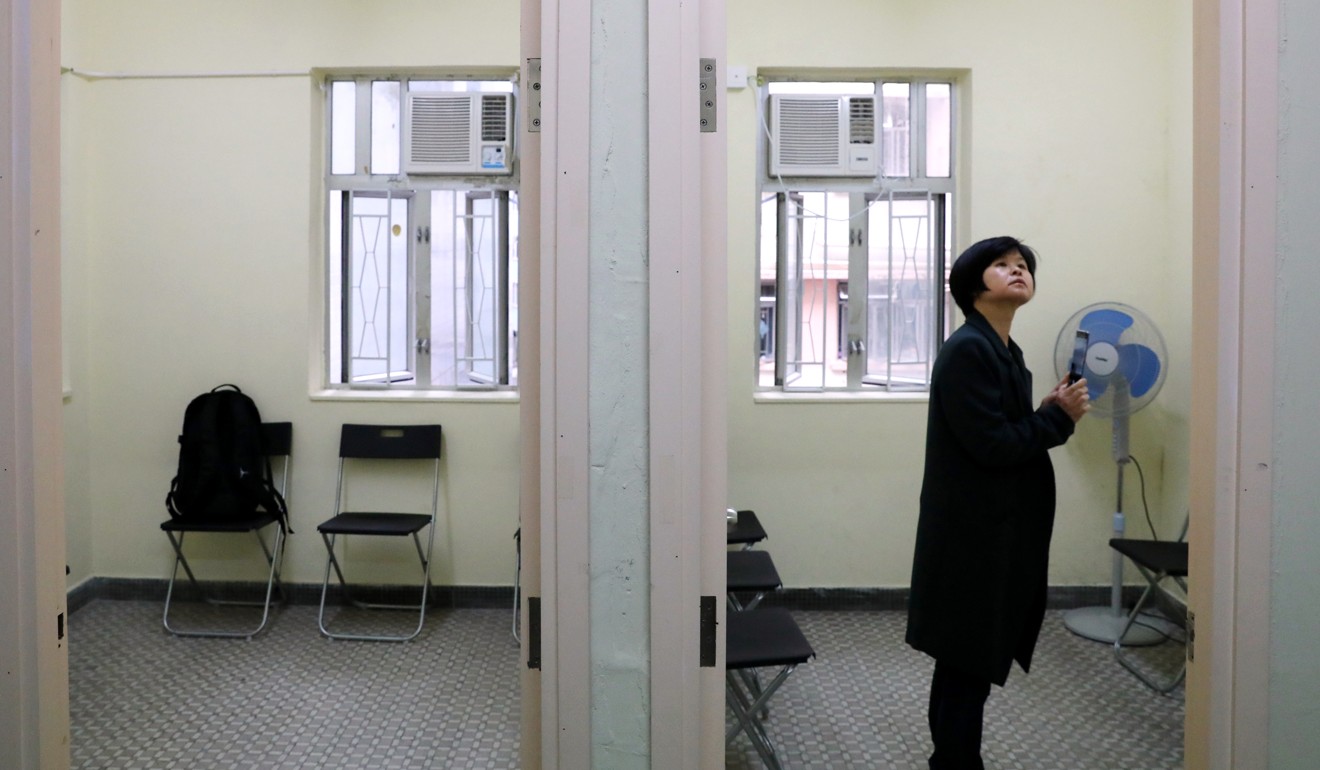
Hong Kong housing chief Frank Chan dismisses claims of herding needy into subdivided homes, hailing scheme with 600 in shared flats
- Secretary for transport and housing points out households benefit from programme as families support each other under one roof
- HK$61.5 million scheme is government-backed and comes amid 5½-year wait for public housing
Hong Kong’s housing minister on Sunday dismissed accusations that the government was driving the needy into subdivided flats, pointing out that nearly 600 people had transitioned smoothly into some 200 shared homes under a community scheme.

“When we first suggested a flat-sharing scheme, we were criticised severely,” Chan said on Sunday in an update on the progress of the plan. “But if we had not been bold enough to take the steps back then, we would not have made such an accomplishment today.”
When we first suggested a flat-sharing scheme, we were criticised severely
So far, the council has recorded 460 available flats and conducted preliminary inspections on 356. Of these, 245 were considered suitable for the scheme.
The shared flats are located across Hong Kong, with the biggest project in To Kwa Wan spanning a 60-flat cluster.
Chan said residents were more than just sharing flats as they were supporting each other. Adults would help their neighbours’ children with homework, while families share food and took turns with cleaning chores.
Keeping the peace in new flat-share plan to help Hong Kong’s poor
Chua Hoi-wai, the council’s chief executive, said he hoped the total number of flats available under the scheme would go beyond a “three-digit figure”, and that the government could offer more help.
The scheme is operated with a HK$61.5 million budget, mostly from the Community Chest and partly from the government-run Social Innovation and Entrepreneurship Development Fund.
Flat sizes may vary, but a minimum living area of about 75 sq ft per person was set by the council.
Guo Cuixia, a shared flat resident and a “floor captain”, was tasked with maintaining his building’s hygiene and making sure that facilities were functioning.
“There is a sense of kindness here in this community. I used to live in an old building, and there were some subdivided flats there. People would only stay there for a few months before moving on to somewhere else. You just couldn’t make friends with them,” Guo, 41, said.
Low-income families to get subsidies for shared flats in HK$7.2 million pilot scheme
About a week ago, the government-appointed Task Force on Land Supply unveiled its long-awaited recommendations for space-starved Hong Kong, citing “considerable” public support for controversial options such as massive reclamation, using damaged agricultural sites and building on part of the Fanling golf course.
The suggestions were based on a five-month public consultation, and aimed to plug a shortfall beyond the government’s initial estimate of 1,200 hectares for the city’s needs over the next three decades.

